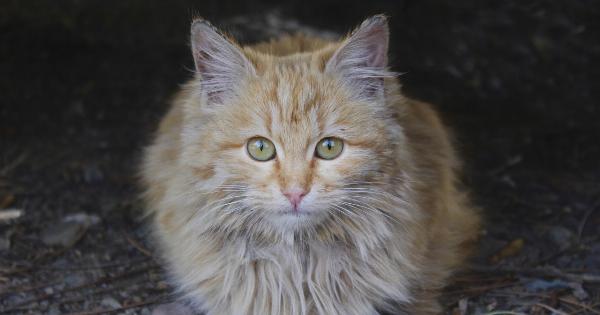Being bitten by a companion animal can be a distressing experience. Whether it’s a dog, cat, or any other furry friend, it’s crucial to know how to respond promptly and appropriately.
Here are the essential steps you should take after being bitten by a companion animal:.
1. Assess the severity of the bite
The first and most crucial step is to assess the severity of the bite. Minor bites may only cause superficial wounds, while more severe bites can result in deep puncture wounds or lacerations.
Determine the extent of the injury immediately to determine the necessary course of action.
2. Control the bleeding
If the bite has caused any bleeding, it’s essential to control it as soon as possible. Apply gentle pressure using a clean cloth or sterile gauze to the wound.
Elevating the injured area above the heart can also help reduce blood flow and minimize bleeding.
3. Wash the wound with soap and water
Once the bleeding is under control, thoroughly clean the wound with mild soap and running water. Gently wash around the bite area, ensuring that no debris or bacteria are left behind. Avoid scrubbing the wound vigorously, as it may cause further damage.
4. Apply an antiseptic
After cleaning the wound, apply a suitable antiseptic solution to help prevent infection. You can use over-the-counter antiseptic ointments or solutions like hydrogen peroxide or povidone-iodine.
Follow the directions on the packaging for proper application.
5. Dress the wound
Depending on the severity of the bite, you may need to cover the wound with a sterile dressing. If the bite is minor, a simple adhesive bandage may suffice. However, for deep or large wounds, seek medical attention for proper wound closure and dressing.
6. Seek medical attention for serious bites
If the bite has resulted in severe bleeding, intense pain, difficulty moving the affected body part, or signs of infection (such as redness, warmth, or pus), it’s crucial to seek immediate medical attention.
Professional medical care may be necessary to prevent further complications.
7. Contact the animal’s owner
After you have cared for your immediate medical needs, it is important to contact the animal’s owner. Provide them with the details of the incident and the resulting injury.
This will allow the owner to take appropriate measures such as quarantining the animal and ensuring its vaccinations are up to date to prevent further incidents.
8. Report the incident
In addition to contacting the owner, consider reporting the incident to the relevant authorities. They can document the incident and, if necessary, investigate any potential negligence or aggressive behavior by the animal.
This step is important for both your personal safety and the safety of others.
9. Follow medical advice and complete the necessary treatment
If a medical professional is involved in your care, carefully follow their advice and instructions for wound care, medication, and any necessary follow-up appointments.
Not complying with medical recommendations may lead to complications or delayed healing.
10. Learn from the experience
Being bitten by a companion animal can be a traumatic experience, but it also provides an opportunity to learn. Reflect on the incident and consider if there were any preventive measures you or the owner could have taken.
Utilize this knowledge to avoid similar incidents in the future.





























